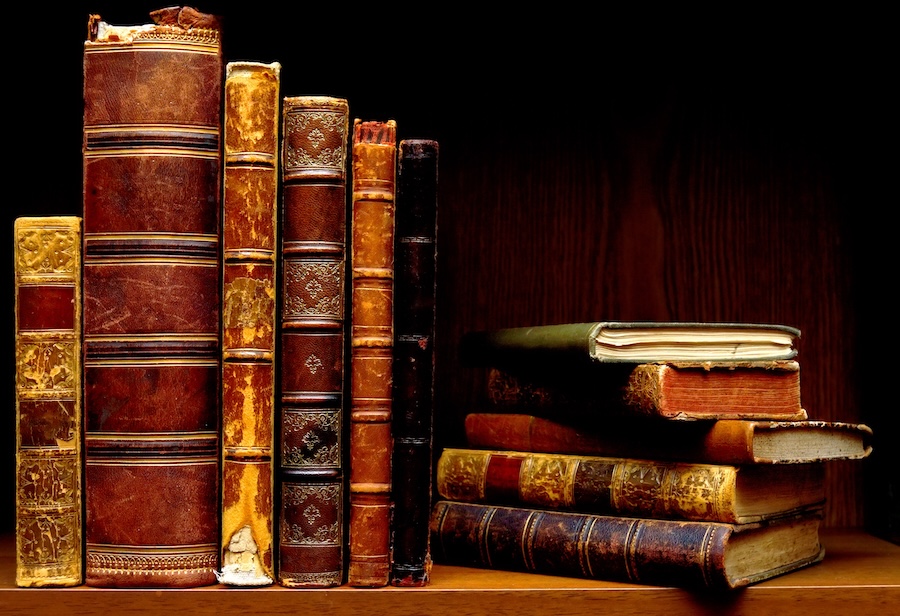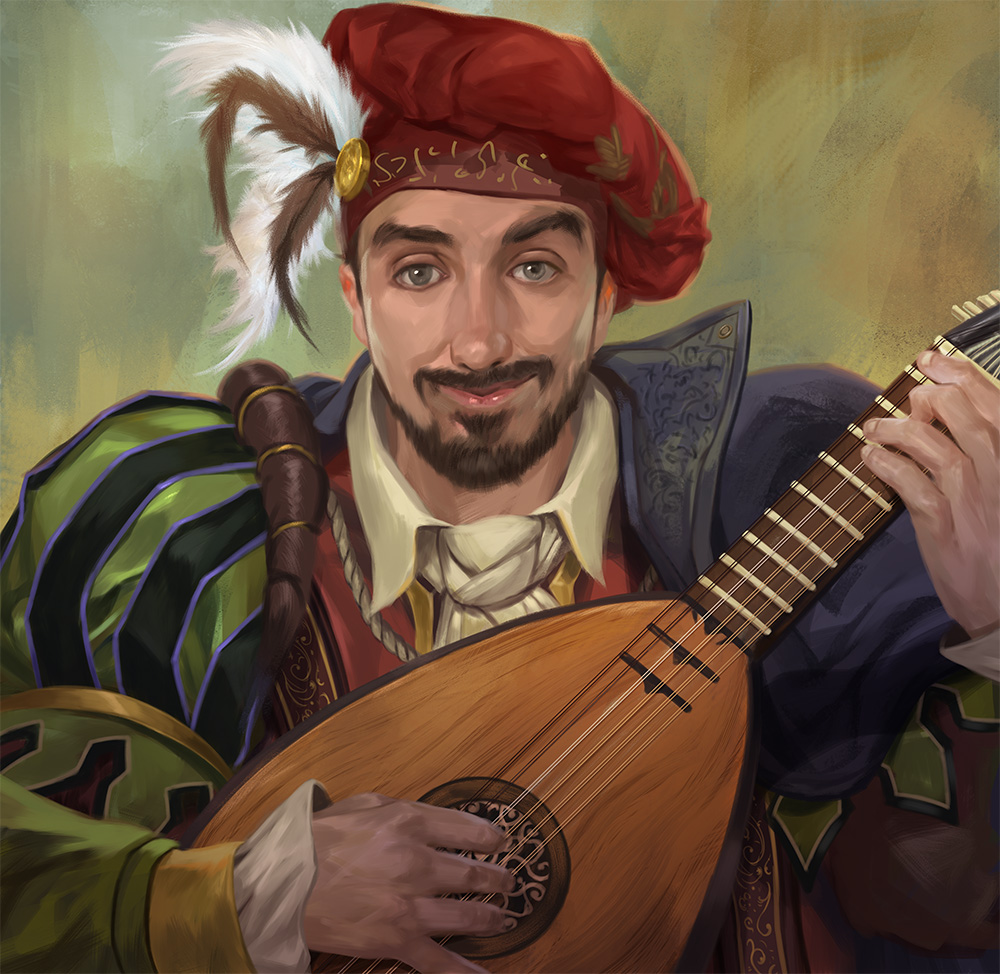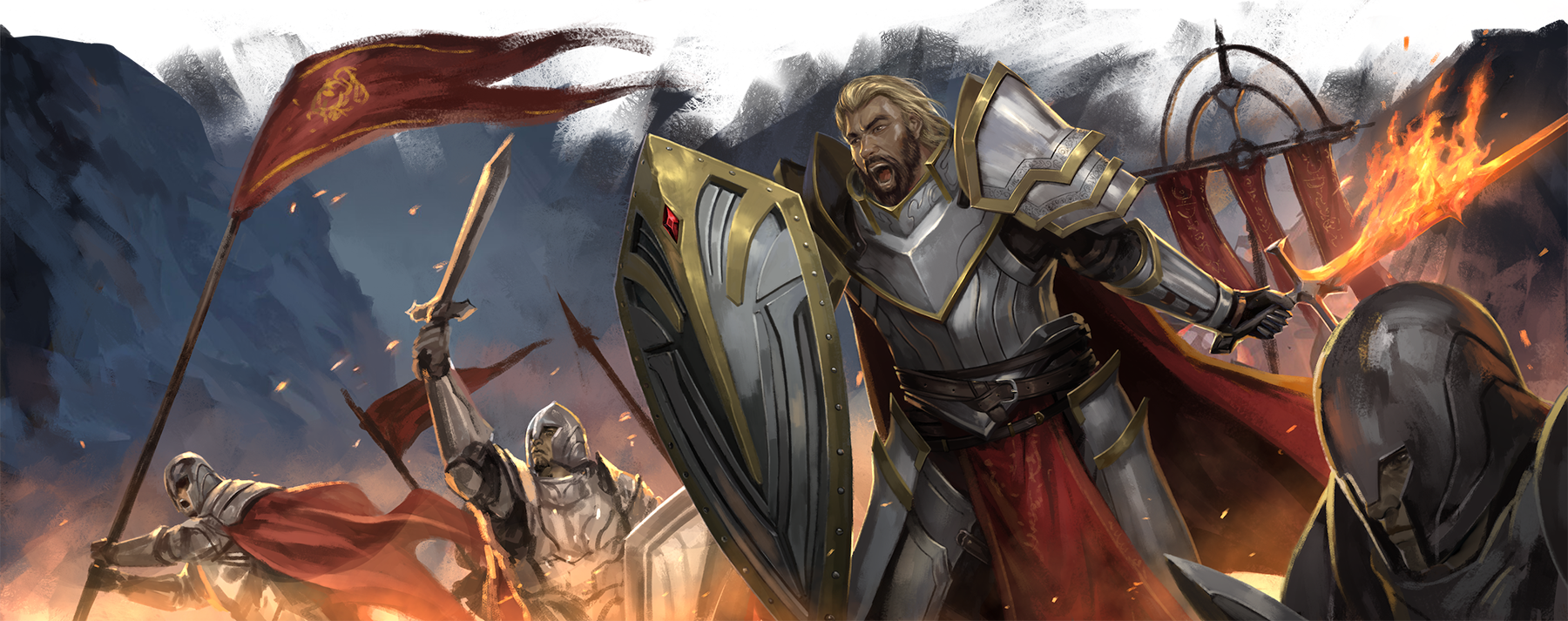10 Bearded Characters in Classic Books

 Joe Nightingale, MBBS, MSc
Joe Nightingale, MBBS, MSc

Beards define characters in fiction. They tell us who they are. Who is the wizard without the long, flowing, silvery beard or the king without a regal mane? Whether a beard is rich and full or scraggly and unkempt informs us of the character's social status, their personality, and their culture. Beards even mark the passage of time – as a stranded character's appearance gradually morphs the longer they're stranded or away from home.
In short, beards carry the same weight in fiction as they do in real life. They're a tool for the author to use to paint a vivid picture of their story. But some beards stand out – some beards define a particular character and their journey.
Follow us as we pass through some of the greatest classic books looking at the most memorable beards – from scraggly to splendid.
Fictional Bearded Characters in Classic Books
- Gandalf – The Lord of the Rings
- Fagin – Oliver Twist
- Long John Silver – Treasure Island
- Robinson Crusoe – Robinson Crusoe
- Captain Ahab – Moby-Dick
- Sancho Panza – Don Quixote
- Jean Valjean – Les Misérables
- Gimli – The Lord of the Rings
- Dr. Fu Manchu – The Insidious Doctor
- Porthos – The Three Musketeers
1. Gandalf – The Lord of the Rings

Image Source - www.clarendonhousebooks.com
Gandalf is the quintessential wizard. Modeled in part on Merlin, Odin, and other traditional mythological figures, he is the archetype of the wise, sagacious, and aged master who guides the protagonist through their trials. Without Gandalf, there is no Obi-Wan Kenobi, no Dumbledore, no Zeddicus Zu’l Zorander.
According to Tolkien's biographer, Humphrey Carpenter, Gandalf's inspiration came, in part, from a postcard entitled Der Berggeist ("the mountain spirit"). In this beautiful drawing, a white-bearded man sits upon a rock in the woodland, feeding a young deer. Even here, his beard was present.
In the movie adaptation, his beard forms part of his character. When he is Gandalf the Grey, complete with a scraggly ashen beard, he is cryptic and unsure of his abilities. Only when he returns as Gandalf the White, alongside his gleaming beard, is he the confident wizard supreme.
2. Fagin – Oliver Twist

Image Source - www.dailymail.co.uk
In most adaptations of Dicken's famous novel, Fagin has a long, pointed beard. He is the leader of a troop of child thieves – the sharp beard is a portent of his sinister intentions. Fagin isn't to be trusted. In fact, he's a maggot of the highest order, a thoroughly duplicitous man who'll abandon you, trick you, and cast you to the wolves so long as it increases his material wealth. Fagin is in it for the money.
But rather than the ostentatious appearance we might expect of some thieves, Fagin is unkempt, the mirror image of a Victorian gentleman. Though Dickens was accused of antisemitism for his portrayal of Fagin, it was never his intention. In a subsequent novel, Our Mutual Friend, he created Riah – a noble Jew with "long gray hair flowing down … and mingling with his beard."
3. Long John Silver – Treasure Island

Image Source - disney.fandom.com
Think of a pirate: peg leg, tricorn hat, parrot on the shoulder, and two pistols in their hands. What's missing? Well, the beard, of course. Long John Silver, the cunning quartermaster operating under the infamous Captain Flint, is to pirates what Gandalf is to wizards. He defines the trope.
According to the author, Robert Louis Stevenson's letters, the character is inspired by his real-life friend William Henley. Henley was a towering man, "jovial [and] astoundingly clever," with a big red beard. It's not hard to see the connection.
4. Robinson Crusoe – Robinson Crusoe

Image Source - thestartupfactory.tech
During his purgatory as a cast away on a tropical desert island, the eponymous Robinson Crusoe descends from a venerable English mariner and morphs into a wild man of the jungle. Without any shaving equipment or the ability to groom himself, Crusoe gains a rugged, matted beard.
But this only becomes notable when he first meets Friday. The two, though separated by cultures, look alike. The only exception is his thick, wooly beard. The message is simple: Friday is, in some way, the equivalent of Crusoe. As essayist David Blewett wrote, he is the personification of the Wild Man without the supposedly "civilized Europeans."
5. Captain Ahab – Moby-Dick

Image Source - medium.com
Captain Ahab, the monomaniacal captain of the Pequod in Herman Melville's "Moby-Dick," is another iconic character whose physical appearance, particularly his beard, symbolizes his inner turmoil and obsession. Ahab's beard is a manifestation of his rugged individualism and his relentless pursuit of the white whale, Moby Dick. It accentuates his grim determination and the scars that mar his visage, both physically and psychologically.
His beard, often depicted as unkempt and grizzled, is more than just facial hair; it is a testament to his battle with nature and his own demons. Ahab's appearance, with his ivory leg and fierce demeanor, is incomplete without his beard, which enhances his formidable presence. It serves as a visual reminder of his experience and the burdens he carries.
6. Sancho Panza – Don Quixote

Image Source - collections.vam.ac.uk
Don't we all wish we had a friend like Sancho Panza? Big-bellied and full of Spanish proverbs, he acts as the squire and companion of the eponymous character. Although he is the archetypal "sidekick" – the everyman with whom we can relate – he changes just as much as Don Quixote – learning about certain books and sharing some part in his master's delusional "enchantment."
But there's one part of Panza that never changes – his beard. Notable for its thick mustache and mutton chops, it was common among the Spanish at the time. It symbolizes his earthly wisdom and common sense, grounding the lofty ideals of Don Quixote.
7. Jean Valjean – Les Misérables

Image Source - Universal Pictures
On the run and hiding from his dreaded nemesis, the assiduous Javert, Jean Valjean must hide his identity. As a new chapter of his life begins – literally and metaphorically – he grows a beard. Now thoroughly disguised, he can navigate the undercurrents of French society unnoticed.
Like many other examples of the characters growing beards, it represents the shedding of a past identity. The facial hair isn't just a physical mask but a metaphorical one. It illustrates the journey from prisoner 24601 to a compassionate, altruistic figure. Who knew a beard could represent so much?
8. Gimli – The Lord of the Rings

Image Credit - New Line Cinema
Tolkien really did lay the foundation for modern fantasy. Prior to his writings, dwarves were often jovial, playful figures – think of Snow White and the Seven Dwarfs. Tolkien returned the idea to its roots – or rather, its foundations.
Gimli and all the dwarves of Middle-Earth are stout, proud, and heavily bearded. Part of the Longbeards – a dwarvish clan – he has a thick, red beard. This was brilliantly captured by John Rhys-Davies in the film adaptation, where he dons a long, partly plaited beard. Though messy, it isn't unclean or unkempt. The dwarves may be hardy, but they're not slobs; they're a proud bunch.
9. Dr. Fu Manchu – The Insidious Doctor

Growing a beard is one thing; getting a beard named after you is another thing entirely. The "Fu Manchu" describes two long tendrils of beard hair that hang past a clean-shaved mouth. The beard is finished with a thicker tendril – sometimes plaited, sometimes not – from the chin.
The distinctive style not only defines the character but roots him firmly in the Eastern "oriental" aesthetic. Some argue the depiction is culturally insensitive – particularly the facial hair – it's since become a cultural touchpoint. There's even a Fu Manchu category in the World Beard and Mustache Championships.
10. Porthos – The Three Musketeers

Give a man a thin pencil mustache and a pointy beard, and it's hard not to picture a debonaire, swashbuckling dandy. Even better if there's a feather in his hat. That's a musketeer.
Porthos, the most boisterous and physically imposing of the Three Musketeers in Alexandre Dumas' celebrated novel, is often depicted with a commanding presence, accentuated by his distinctive facial hair. His beard, robust and full, mirrors his larger-than-life personality and physical prowess, setting him apart as the embodiment of strength and joviality among the Musketeers.
His facial hair isn't just a mark of exuberant character – it's a hint at his love for the finer things in life. It reflects his status, vanity, and the pride he takes in his appearance.
Experience the Magic of Beard Sorcery
What beards capture your imagination? Is there a character you wish to emulate? Whether you want to go full Gandalf or get your Robinson Crusoe mess under control, you'll need some incredible beard products to tame and maintain your facial fuzz.
Beard Sorcery handcrafts all our beard products, including oils, balms, and creams. Our products are 100% natural and cruelty-free. Plus, we provide a 90-day money-back guarantee.
Browse our vast collection of products and find the right scent and style for you!

No comments yet…